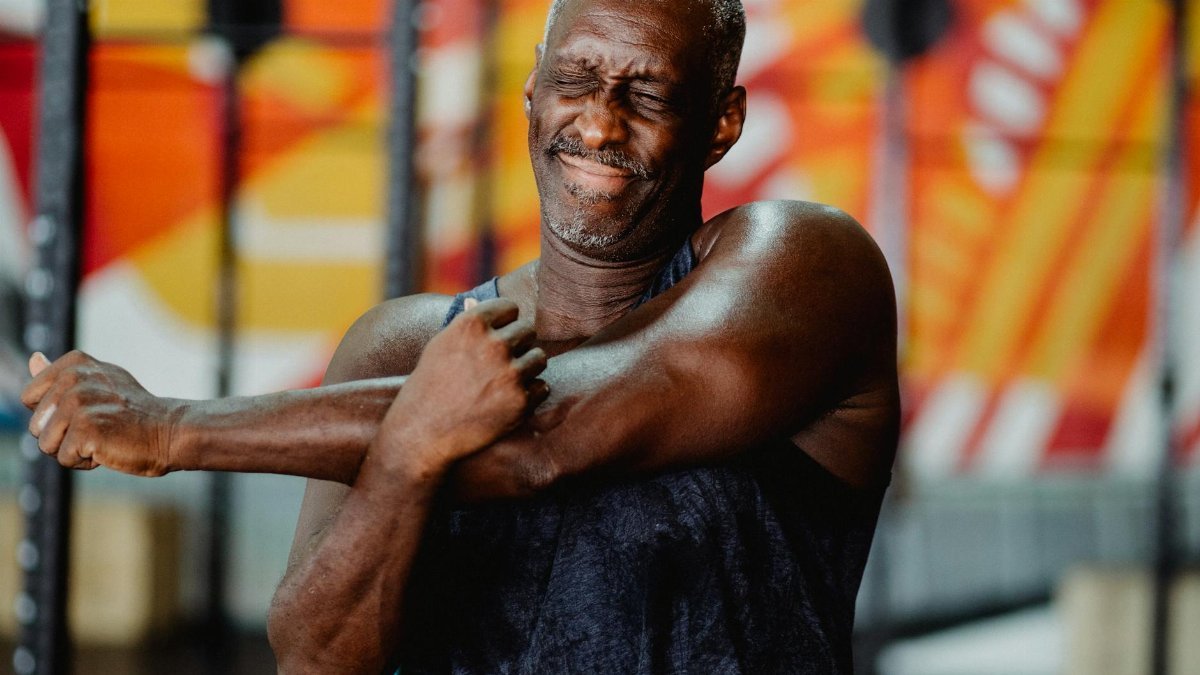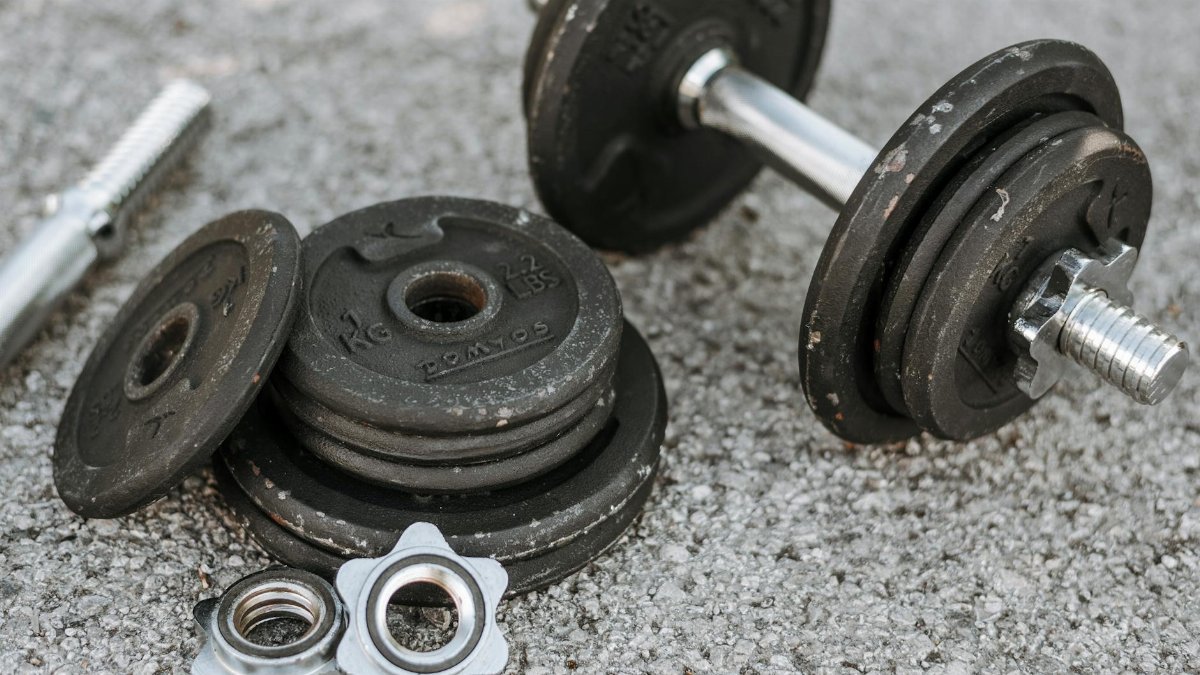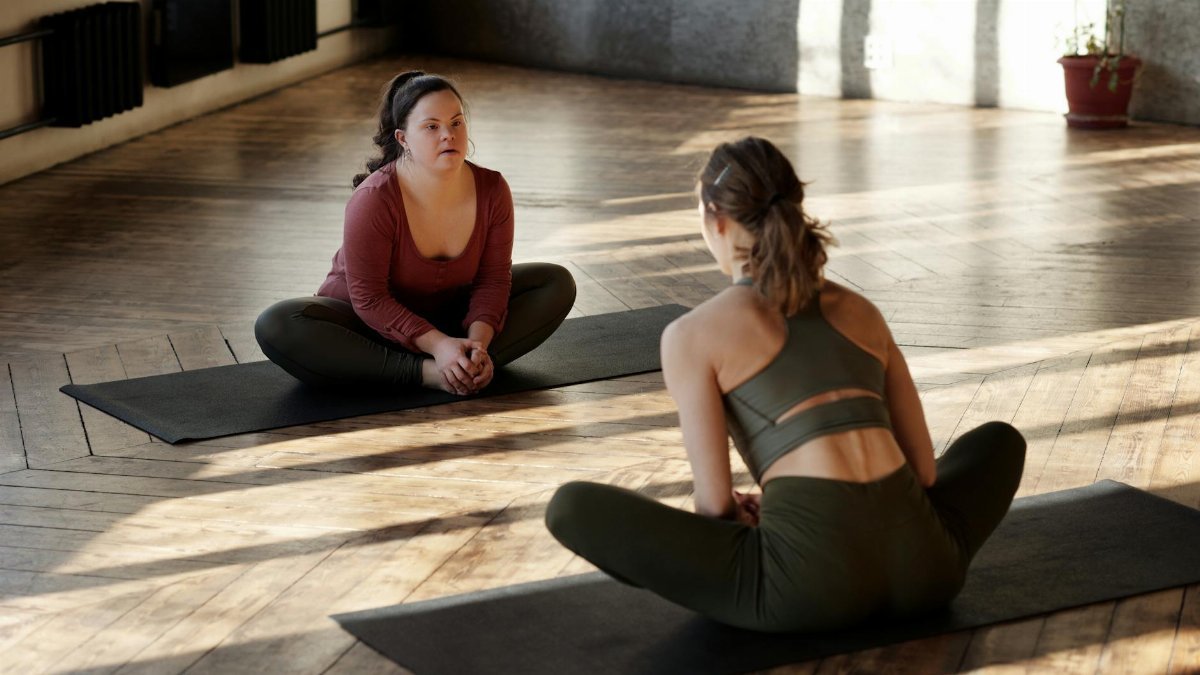Imagine a quiet room in a bustling city, where a small group gathers weekly to move their bodies in gentle, intentional ways. Hands trace slow circles in the air, feet shift with deliberate care, and breaths deepen as if releasing something long held. This isn’t just exercise—it’s a practice rooted in mind-body healing, a growing approach that connects physical movement to emotional and spiritual release. For many Americans, the idea of stored energy—tensions or past experiences trapped in the body—feels increasingly real. These simple movements offer a pathway to let go. As stress and disconnection define much of modern life in 2025, such practices are gaining traction, promising not just physical ease but a deeper sense of balance. How can something as basic as a stretch or sway unlock what’s been buried within us? Let’s explore this quiet revolution.
Understanding Stored Energy in the Body

The concept of stored energy might sound abstract, but it’s grounded in both science and lived experience. Trauma, stress, and even daily anxieties can manifest physically—think of the tight shoulders after a tough day or the clenched jaw during conflict. Research from institutions like the National Institutes of Health suggests that chronic stress impacts the nervous system, often leaving the body in a heightened state of tension. Over time, this can feel like energy trapped in muscles or joints. Mind-body healing posits that intentional movement can help release these physical echoes of emotional strain. Picture someone carrying the weight of a difficult year in their posture—slumped, guarded. Simple actions, guided by awareness, might begin to unravel that burden. It’s not magic; it’s a dialogue between body and mind that many are only now learning to hear.
The Science Behind Movement and Release

Why does moving the body seem to lighten the mind? Studies point to the intricate connection between physical activity and emotional regulation. For instance, research published by the American Psychological Association highlights how movement can lower cortisol levels, the hormone tied to stress. Beyond biochemistry, gentle exercises like stretching or swaying stimulate the parasympathetic nervous system, signaling the body to relax. This isn’t about intense workouts—it’s about subtle shifts. A 2019 study from Harvard University found that even low-impact activities can boost mood by releasing endorphins. For those exploring mind-body healing, these findings affirm what many feel intuitively: moving with intention can dislodge emotional residue, creating space for clarity and calm.
1. Gentle Neck Rolls to Ease Mental Weight

Start with something small. Neck rolls are a quiet entry point into releasing stored energy. Sit or stand comfortably, letting your head tip slowly to one shoulder, then roll it forward and around in a smooth circle. Notice the stretch, the slight pull. So often, the neck holds tension from hours hunched over screens or from unspoken worries. This simple movement—taking just a minute or two—can feel like lifting a veil. One person described it as “unloading a backpack I didn’t know I was wearing.” The key is slowness; rushing defeats the purpose. As the neck loosens, some report a sense of mental lightness, as if stress has been physically untangled. It’s a reminder that the smallest actions can speak to deeper needs.
2. Shoulder Shrugs for Letting Go of Burdens

Shoulders often bear invisible loads. Try this: lift them toward your ears on an inhale, hold for a breath, then drop them on an exhale. Repeat a few times. It’s almost theatrical, mimicking the act of shrugging off a problem. Physiologically, this releases tightness in the trapezius muscles, often knotted from stress or poor posture. Emotionally, it can symbolize surrender—letting go of what you can’t control. A woman in her forties shared how this movement became her daily reset after long workdays, a way to “shake off the grind.” In mind-body healing, such gestures aren’t just physical. They’re invitations to release what’s been carried too long, even if just for a moment.
3. Spinal Twists to Unlock Hidden Tension

Twisting the spine gently can feel like wringing out a towel—except the towel is your own tension. Sitting cross-legged or in a chair, place one hand on the opposite knee and the other behind you, turning slowly to look over your shoulder. Hold, breathe, then switch sides. This movement targets the back, where many hold stress, but it also engages the core, grounding you. Research from the Mayo Clinic notes that spinal mobility can ease physical discomfort tied to emotional strain. Beyond that, there’s a symbolic unraveling here, a way to turn away from old patterns. It’s subtle, yet powerful for those seeking balance.
4. Hip Openers to Release Emotional Blocks

Hips are often called the body’s emotional storage unit. A simple lunge—stepping one foot forward, bending the knee, and letting the back leg stretch—can open this area. Hold for a few breaths, feeling the release. Many practitioners of mind-body healing believe unresolved emotions, like grief or fear, settle here. While science can’t fully confirm this, the physical relief is undeniable for many. Online, one anonymous account described feeling “a wave of sadness, then peace” during a hip-opening stretch, as if something long-buried surfaced and left. Whether emotional or purely muscular, the effect is grounding. Move slowly; this isn’t about forcing anything open but inviting ease.
5. Arm Swings to Free Up Stagnant Energy

Think of arm swings as shaking off cobwebs. Stand with feet hip-width apart, letting your arms hang loose. Swing them gently forward and back, then side to side, like a child on a playground. This boosts circulation and loosens the upper body, often tight from desk work or stress. More than that, it feels playful—an antidote to the seriousness we carry. Some say it mimics releasing stagnant energy, a concept central to many healing traditions. Even without buying into esoteric ideas, the motion can shift your mood. It’s hard to stay brooding while swinging your arms. Try it for a minute; notice the difference.
6. Knee-to-Chest Pulls for Inner Calm

Lie on your back if you can, or sit if that’s easier. Draw one knee toward your chest, holding it with both hands, then switch sides. This compresses and releases the lower back, a common stress spot. It also slows your breathing, almost forcing a pause. In mind-body healing, slowing down is key—rushing keeps energy stuck. This movement feels like a hug to yourself, a quiet act of care. For some, it eases not just physical tightness but a racing mind. A brief moment of stillness here can ripple into the rest of your day, offering a rare kind of reset.
7. Side Bends to Expand Emotional Space

Standing tall, reach one arm overhead and lean to the side, stretching from hip to fingertips. Hold for a breath, then switch. Side bends open the ribcage, making room for deeper inhales—a literal expansion. They also release tension along the torso, often clenched during anxiety. Emotionally, this can feel like creating space for new perspectives, a theme in mind-body healing. One middle-aged man recalled doing this after a heated argument, finding it “like stretching out the anger itself.” The body mirrors the mind here; opening one often opens the other. It’s a small gesture with outsized impact.
8. Ankle Rotations to Ground Your Energy

Sit or stand, lifting one foot slightly to rotate the ankle in slow circles, then switch. This tiny movement connects you to the ground, easing stiffness from long hours sitting or standing. In some traditions, the feet are seen as conduits for energy flow. Even without that lens, rotating the ankles can feel like waking up a neglected part of the body. It’s grounding—literally and figuratively. After a chaotic day, this can recenter you, pulling focus downward. A subtle shift, yes, but sometimes the smallest pivots bring the steadiest calm.
9. Full-Body Shakes to Reset Completely

End with a full-body shake. Stand loosely, letting your limbs flop as if shaking off water. Start at the feet, moving up to legs, hips, arms, and head. It looks silly—and that’s the point. This releases tension everywhere, mimicking how animals shake off stress. It’s primal, unpolished, and oddly freeing. Some report a tingling afterward, as if energy has been redistributed. Whether you feel that or just a lighter mood, it’s a full stop to the day’s weight. Try it for 30 seconds. You might surprise yourself with a laugh.
Integrating Movement Into Daily Life

These nine movements aren’t a one-time fix; they’re tools for ongoing release. Slip them into your routine—neck rolls at your desk, a hip opener before bed. Consistency matters more than duration. Five minutes daily can shift how you carry stress. In 2025, with burnout still a national conversation, such practices feel less like a luxury and more like a necessity. They don’t require special gear or hours of commitment, just a willingness to listen to your body. Over time, this dialogue deepens, weaving mind-body healing into the fabric of everyday life. Start small. Notice what shifts.
Challenges in Embracing Mind-Body Practices

Not everyone finds these movements intuitive. Some feel self-conscious, especially if new to mind-body healing. Others struggle to slow down—our culture prizes speed over stillness. Physical limitations can also hinder participation; a bad knee or chronic pain might make certain poses tough. Yet adaptations exist—chair-based stretches, for instance, work for many. The bigger hurdle is often mental: doubting whether “just moving” can really help. Skepticism is fair, but so is curiosity. Trying even one movement might reveal something unexpected. The challenge isn’t perfection; it’s showing up to the process at all.
The Broader Impact of Releasing Energy

Beyond personal relief, these practices ripple outward. Imagine a workforce less burdened by chronic tension, or families navigating conflict with more ease. Small shifts in how we hold ourselves can alter how we relate to others. Community programs in cities like Seattle and Chicago are already weaving movement-based healing into mental health initiatives, recognizing its potential. On a societal level, prioritizing mind-body connection could redefine wellness in the coming years. It’s not about erasing stress but managing it with intention. For now, each stretch, each sway, is a step toward something larger—a collective unburdening we’re only beginning to understand.
